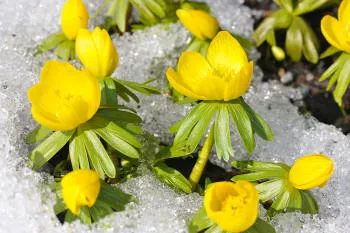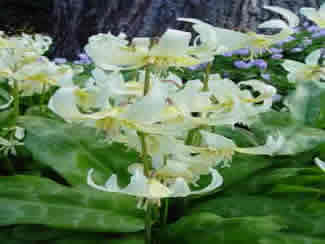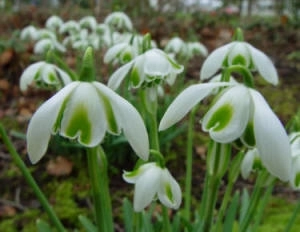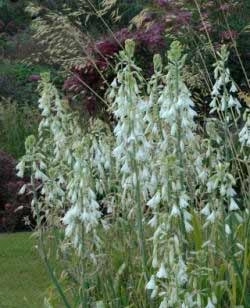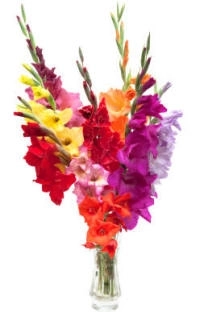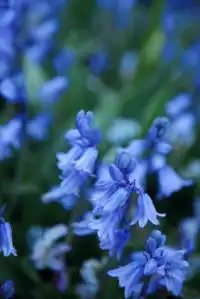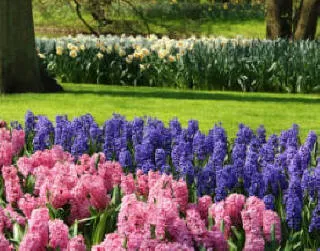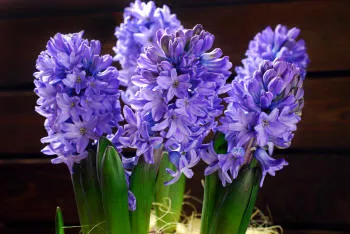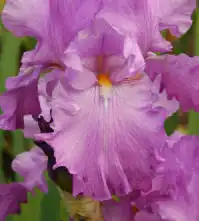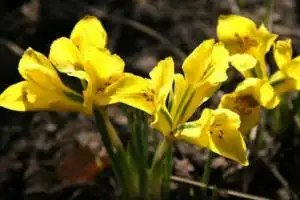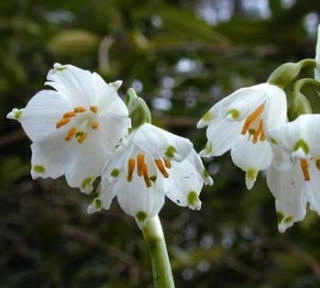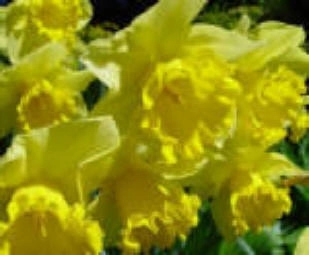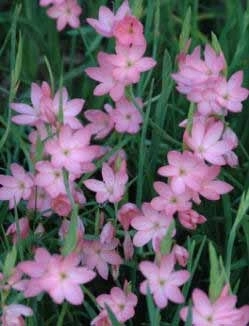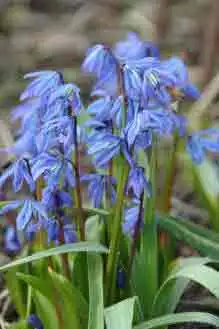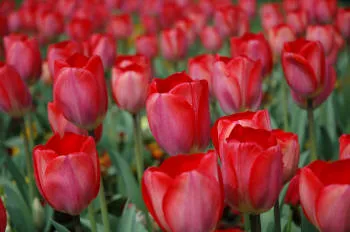Aconites are quite easy to grow in most garden situations, but
generally prefer a moist soil. Certainly one that does not dry right out
in the summer months, so attention will need to be given to watering and
or mulching for the summer months.
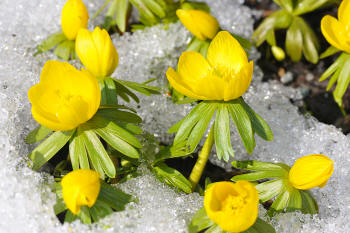
Winter aconite
Light or woodland shade is ideal for growing Eranthis - especially
suited under deciduous shrubs and trees, where there is a little shade
cover in the summer. The edge of natural pools is also another spot
where these are very happy. They will soon naturalise themselves and
form colourful carpets of flowers and foliage. In rough grown grass
areas that can be naturalised - but not in regularly mown lawn areas.
Most of the Eranthis have golden yellow flowers - with one exception
as below in the list of varieties. The foliage is attractive - at
flowering time and just after. Foliage on all Eranthis is either lobed
palmate leaves or even dissected leaves.
The flowers will be just a few in above the ground, so planting in
frontal positions is necessary for show.

